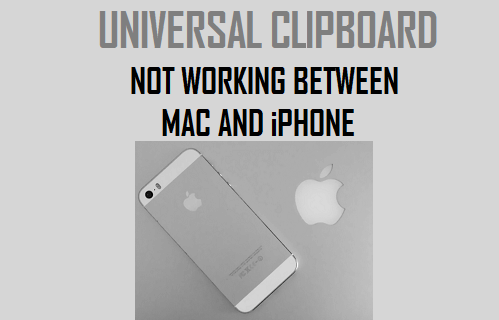Mac Bios Usb Enable For Bootcamp

Boot from the USB Flash drive. To inject the drivers, the Mac must be booted from the USB Flash drive. Insert the USB Flash drive into an available USB port on the Mac. Reboot while holding the option key. Select EFI volume in the startup selector.
Microsoft Hyper-V must be off for Windows 10 to start up on a Mac using Boot Camp. If you try to boot into Windows 10 with Hyper-V turned on, you see only a black screen and Windows doesn't start.
The top 7 fps games for mac. Deus Ex: Human RevolutionIt is a refreshing first person shooter game that can turn into an action gameif needed.
Take care if you install Microsoft Visual Studio 2015, because this software automatically enables Hyper-V. To turn Hyper-V off after it's been enabled, follow these steps:
- Open the Control Panel in Windows.
- Go to the 'Turn Windows features on or off' section.
- Turn off Hyper-V.
If you enable Hyper-V and then shut down Windows 10
If Hyper-V is turned on and you shut down Windows, you'll have to attempt a recovery using a USB recovery drive or the media you used to install Windows 10. Learn more about recovery options in Windows 10 on the Microsoft support site.
If you can't successfully restore your Windows 10 installation to a state before Hyper-V was enabled, you can reinstall Windows using Boot Camp Assistant.
Related Articles
- 1 Components of a Computer System
- 2 The Dell Bootable Was Not Found
- 3 Know If You're Behind a Router
- 4 What Routers Work With an Open-Mesh Controller?
Although MacBooks aren't technically outfitted with BIOS, they are supported by a similar boot firmware used by Sun and Apple called Open Firmware. Open Firmware is stored is the first executed program on your MacBook and acts as the platform for Mac OS X. Like the BIOS on PC machines, Open Firmware is accessed on startup and provides you with an interface for technical diagnostics and debugging your computer. Be careful when submitting commands in Open Firmware -- simple mistakes can permanently damage your MacBook.
Loading Open Firmware on Startup
To access your MacBook’s Open Firmware, you must first shut off your computer.Then turn it back on, holding down the “Command,” “Option,” “0” and “F” keys simultaneously as the machine boots to access the Open Firmware interface. Like BIOS on PC machines, the Open Firmware command terminal is two-tone and doesn't provide extensive prompts. The first prompt you receive is the word “ok”, which signifies that your MacBook is functioning properly and that Open Firmware is ready for you to begin submitting commands.
Display MacBook Device Tree
Although your MacBook may seem at first glance to be a single mechanism, the machine is actually composed of a number of devices that work in congress with the operating system. In addition to your USB hub, keyboard and mouse, your MacBook contains a bus, battery, fan and the root device that acts as the central conduit through which the other devices are controlled. Accessing the Open Firmware command terminal allows you to display all of your MacBook’s devices in what’s called a device tree. The command for accessing the device tree is “dev / ls” and displays the devices in terms of their serial code and corresponding function.
Display RAM Configurations
Many people refer to the “memory” on their MacBooks as though there was only one type of memory storage, but there are two principal forms of memory on your computer, one of which is RAM. Short for random access memory, RAM performs all the legwork for your computer, allowing you to quickly start and stop applications through your operating system. The Open Firmware terminal allows you to display the RAM configurations on your MacBook and perform diagnostic tests. The RAM information is accessed using the command “dev /memory .properties” and is displayed according to the number of DDR SDRAM cartridges you have installed on your machine.
Display CPU Information
Short for “Central Processing Unit,” the CPU is the most important computing unit on your MacBook. Responsible for the fundamental logic of the computer’s system, the CPU performs all of the input and output operations for the machine. This allows your MacBook to run programs, including the system’s boot firmware. The Open Firmware interface allows you to view information regarding your CPU as well run diagnostic testing on the microprocessor. The command to display CPU information in Open Firmware is “dev /cpus”. Once the command is submitted, Open Firmware displays the kind of microprocessor your computer is outfitted with, its clock frequency and its bus frequency.
About the Author
Travis Meyer is a co-editor at Poor Claudia and Pocket Notes. Also a front-end web developer, he specializes in server-side content management systems, web-based business solutions and graphic design.
Cite this Article